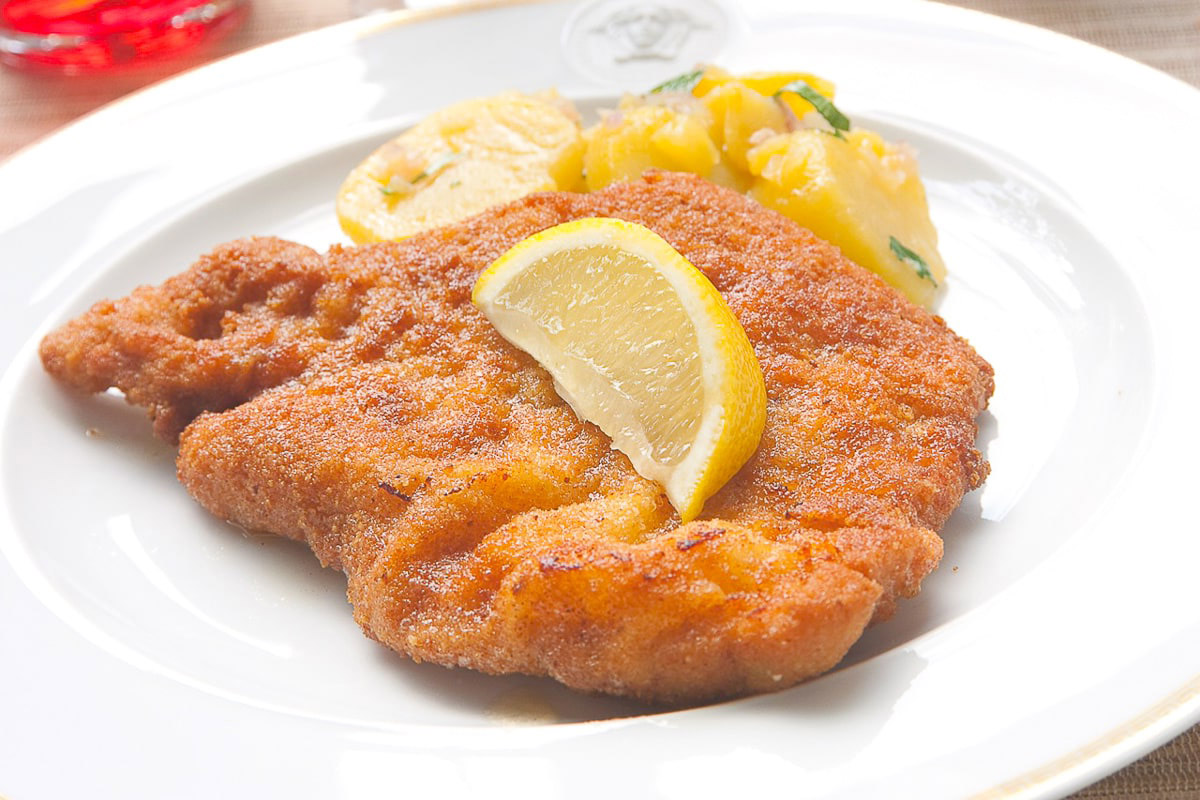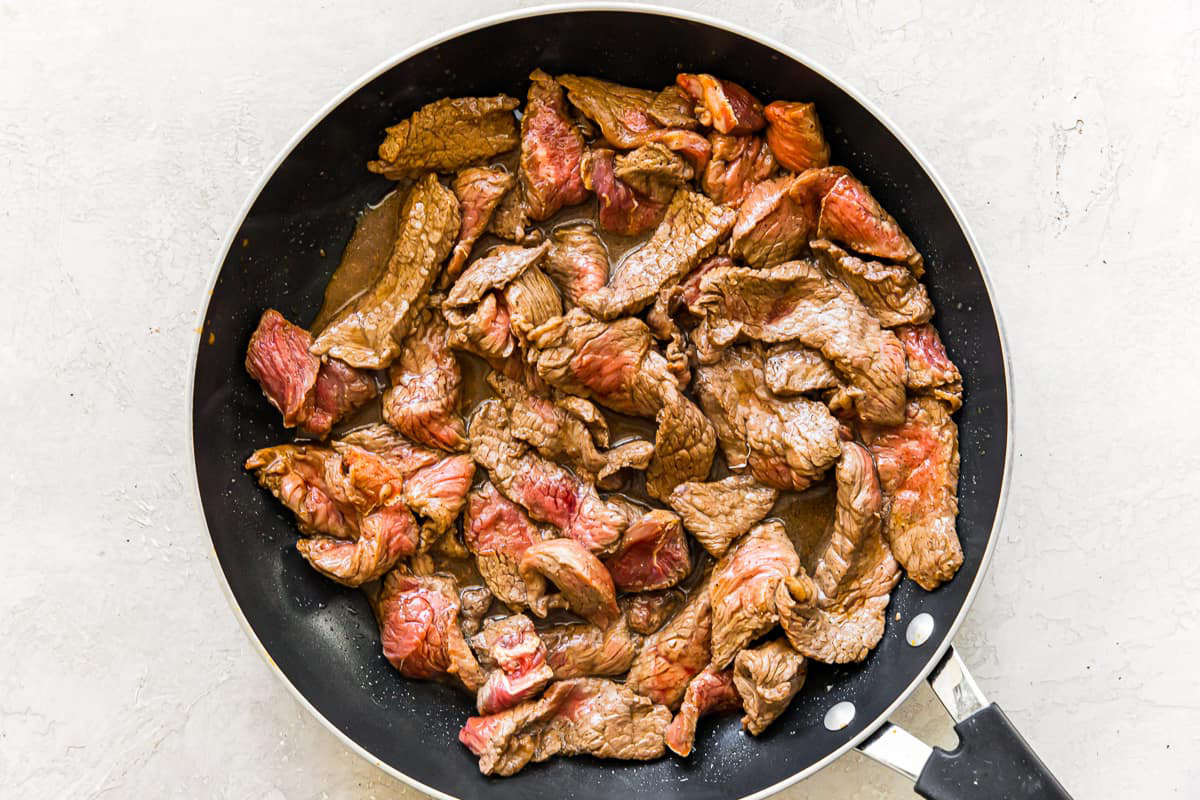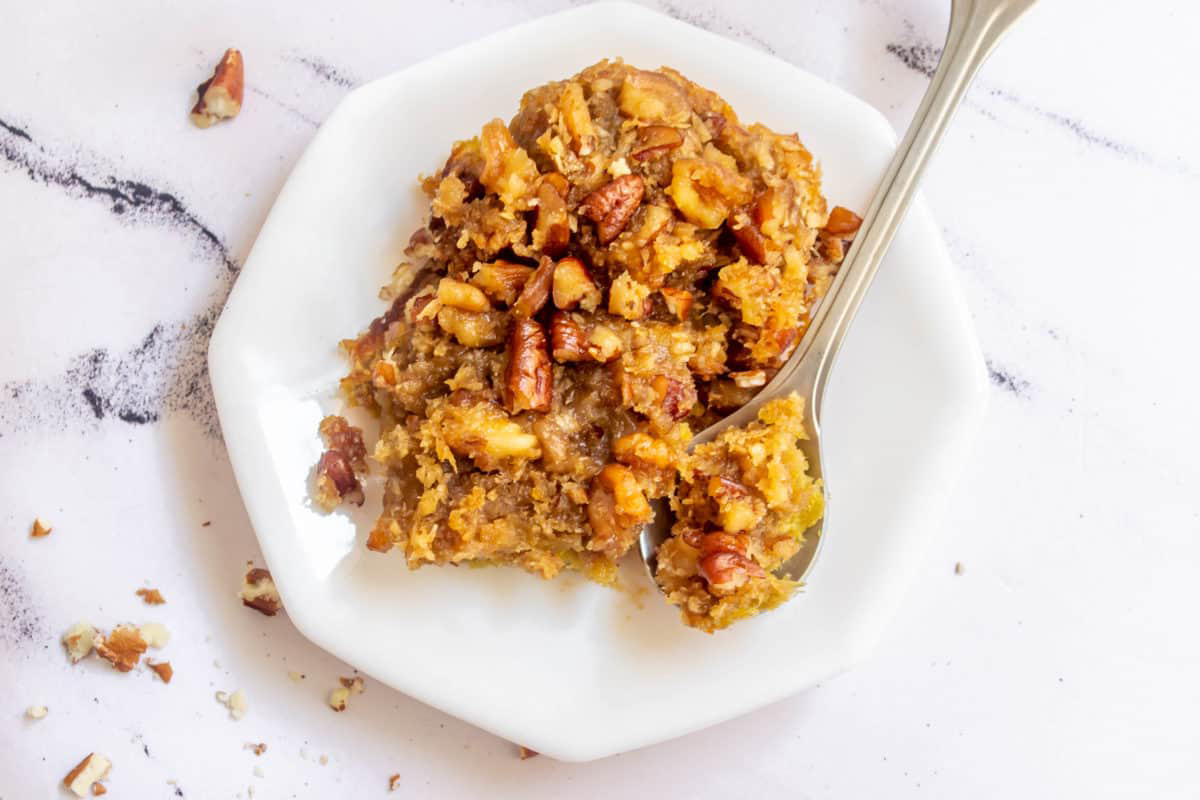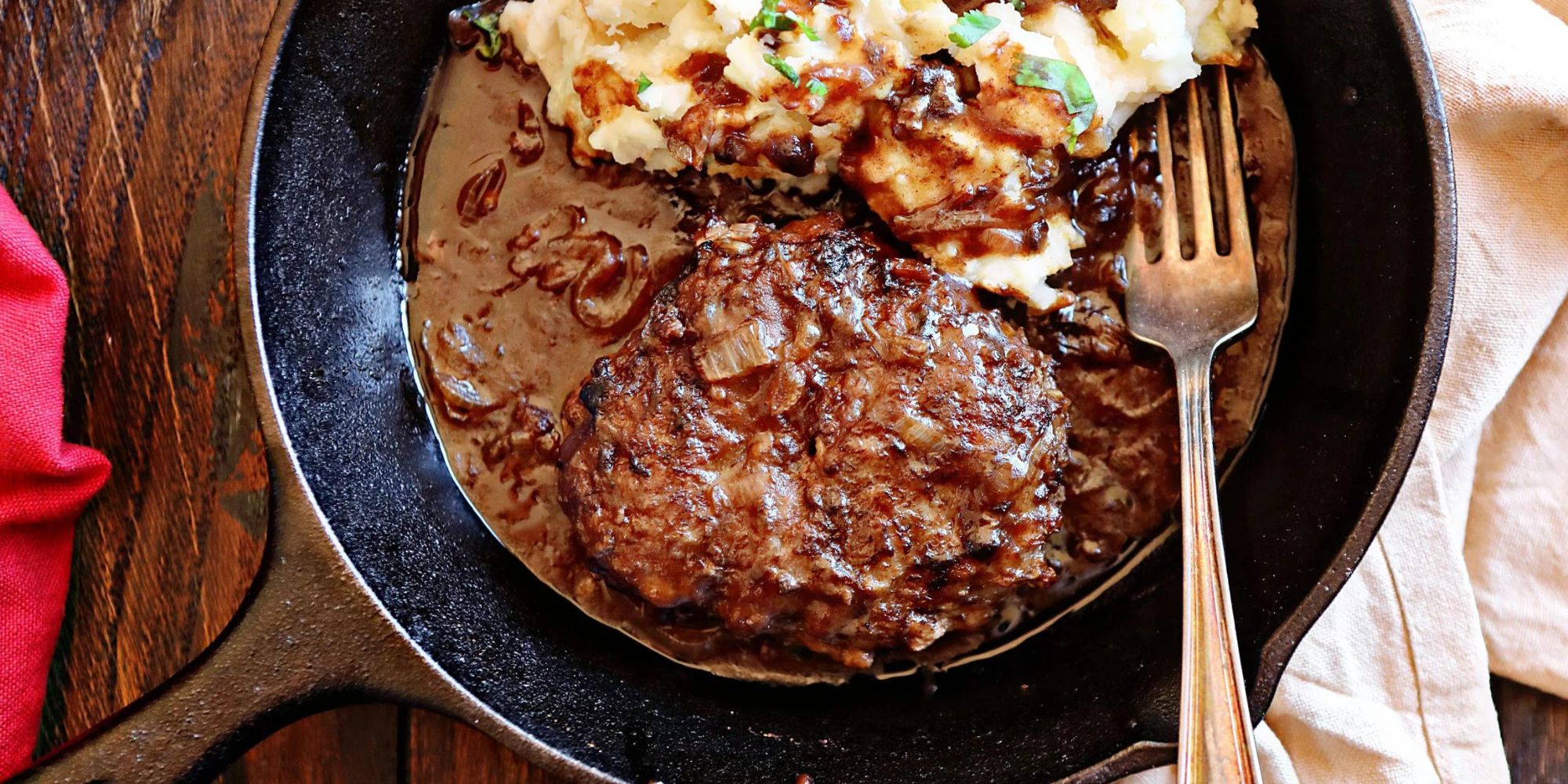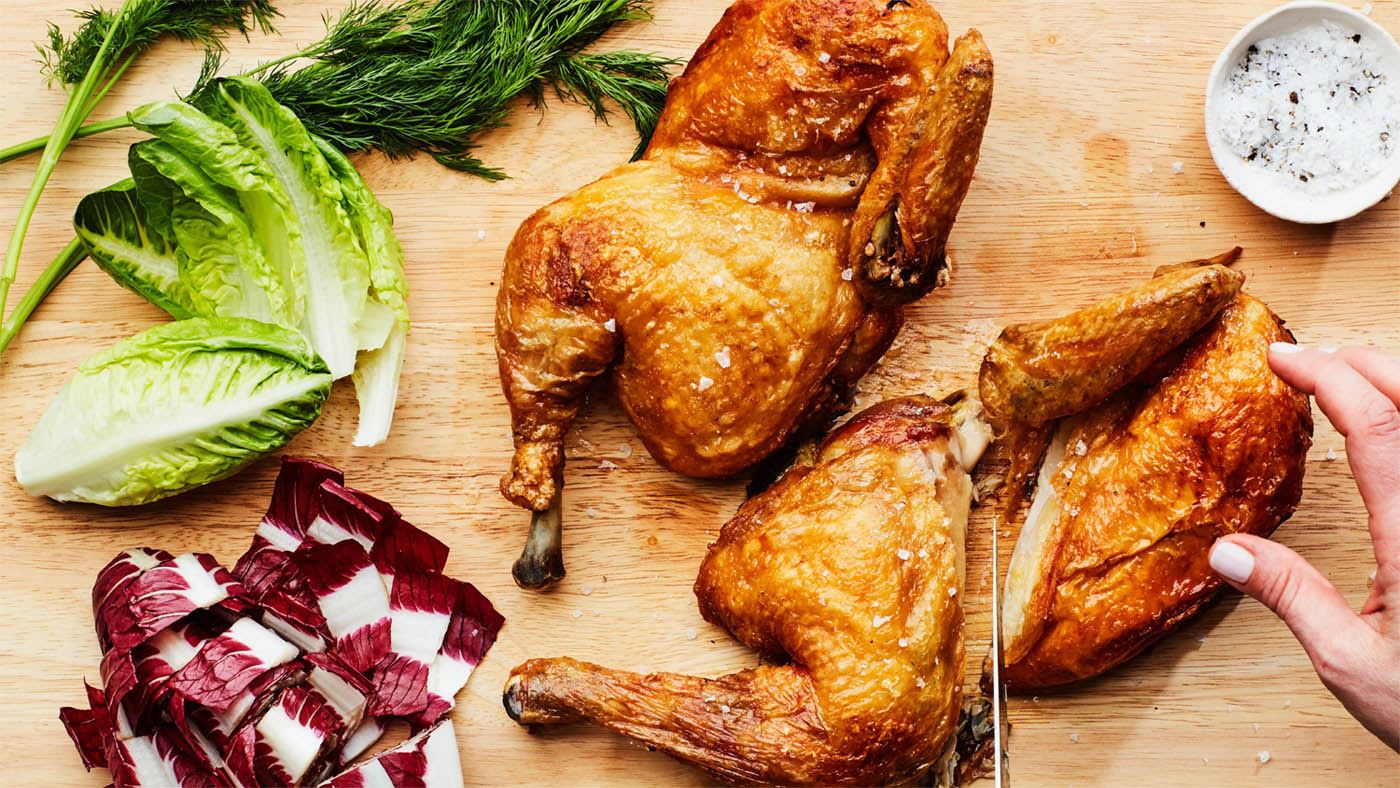What Are Fastnachts?
Fastnachts are a delicious traditional treat that is enjoyed in many parts of the world, especially during the time leading up to Lent. These delectable pastries are often associated with the celebration of Shrove Tuesday, also known as Fat Tuesday, which is the day before Ash Wednesday. Fastnachts are a beloved part of many cultures and are eagerly anticipated each year.
History of Fastnachts
The history of Fastnachts can be traced back to the Pennsylvania Dutch, who brought this tradition with them when they immigrated to the United States. The word “Fastnacht” is German for “fast night,” referring to the eve of the Lenten season when people would use up the rich ingredients such as sugar, lard, and butter that were traditionally abstained from during the fasting period of Lent.
What Do Fastnachts Taste Like?
Fastnachts are typically deep-fried and have a rich, dense texture. They are often made with ingredients such as potatoes, flour, sugar, and yeast, resulting in a slightly sweet and satisfying flavor. Some variations may include the addition of raisins or a dusting of powdered sugar for an extra touch of sweetness.
How Are Fastnachts Enjoyed?
Fastnachts are enjoyed in various ways, depending on regional traditions. In some areas, they are simply enjoyed on their own as a delightful snack. In other regions, they are served with accompaniments such as jam or honey. Some people even enjoy them with a filling of custard or cream for an extra indulgent treat.
When Are Fastnachts Typically Eaten?
Fastnachts are traditionally enjoyed on Shrove Tuesday, the day before Ash Wednesday. This day is also known as Fat Tuesday, and it marks the last day of indulgence before the Lenten season begins. However, in some cultures, Fastnachts are enjoyed throughout the entire period leading up to Lent as a way to use up rich ingredients and indulge before the fasting period begins.
Conclusion
Fastnachts are a delightful and indulgent treat that holds a special place in the hearts of many people around the world. Whether enjoyed on their own or with accompaniments, these rich and flavorful pastries are a beloved tradition that brings joy and satisfaction to all who partake in them.
Was this page helpful?
Read Next: What Is Garlic Herb Aioli
